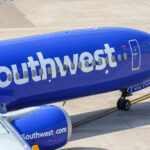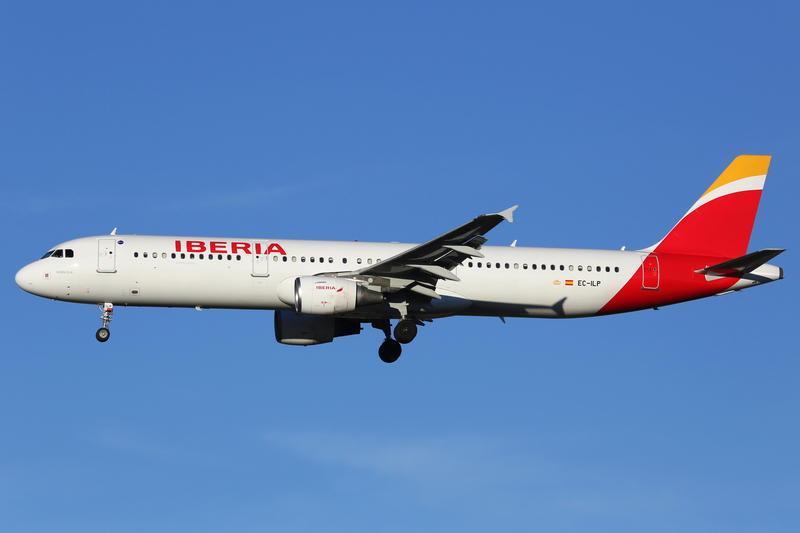Iceland’s Transatlantic Map Keeps Growing: Now Linked to 23 North American Airports
Iceland’s surge as a North Atlantic hub isn’t slowing down. After a strong tourism rebound and a steady climb in transatlantic demand, Keflavík International Airport is heading into summer 2026 with its biggest North American footprint ever. The latest round of route announcements means travelers will be able to reach Iceland nonstop from 23 airports across the United States and Canada, reinforcing Reykjavik’s role as a convenient gateway between continents.
Iceland’s North American network is bigger than ever
Over the past few years, Iceland has leaned into a simple advantage: it sits right in the middle of the Atlantic. That geography has helped airlines build schedules that work for both point-to-point tourism and one-stop connections onwards to Europe. For summer 2026, that strategy is paying off again, with carriers continuing to add capacity on both sides of the ocean.
The result is a North American network that now spans deep into the U.S. and Canada, supported by a mix of full-service legacy airlines, Icelandair’s hub-and-spoke model, and seasonal leisure flying that peaks in summer.
WestJet adds Edmonton and Winnipeg to Reykjavik
WestJet is the latest airline to expand Iceland’s reach in Canada. The carrier has confirmed new twice-weekly summer flights to Reykjavik from Edmonton and Winnipeg, both operated by Boeing 737 MAX aircraft. Edmonton’s service is set to begin on June 26, 2026, with Winnipeg following on June 27, 2026.
This gives WestJet three Canadian links to Iceland next summer, building on its existing Calgary–Reykjavik operation. It’s a clear signal that Canada-to-Iceland demand isn’t just holding steady — it’s strong enough to support new nonstop routes from the Prairies and Northern Alberta.
Air Transat joins the Montreal–Reykjavik market
Air Transat is also stepping into Iceland in 2026 with a twice-weekly Montreal–Reykjavik seasonal service running from mid-June through late September. Montreal has historically been a healthy market for Iceland, and the return of another Canadian operator adds more choice for travelers while widening connection options for visitors heading into Eastern Canada.
Air Canada will still be in the mix on this route as well, so Montreal passengers will benefit from more competition, more seats, and a wider spread of departure days across the week.
The U.S. side is anchored by Icelandair’s expanding footprint
While Canadian routes are grabbing attention right now, the U.S. remains Iceland’s largest North American market by volume. Icelandair continues to dominate here, operating the broadest U.S. network it has ever had. For summer 2026, the airline is serving a wide spread of American cities — from major hubs like New York and Chicago to fast-growing secondary markets — and using Reykjavik to funnel onward travel into Europe.
Other U.S. airlines help round out the picture. Delta and United maintain seasonal services from several hubs, and Alaska Airlines is preparing to enter the market with a Seattle–Reykjavik route, adding another major West Coast link into Iceland’s playbook.
What this means for travelers in 2026
For passengers, this growth translates into three big wins:
First, nonstop access to Iceland is spreading beyond the usual gateway cities. New routes from places like Edmonton and Winnipeg mean fewer positioning flights and easier planning for Western Canadians.
Second, competition is improving. As more airlines overlap on routes like Montreal–Reykjavik, travelers usually see better fares and more schedule flexibility.
Third, Iceland’s hub model gets stronger. Even if your final destination isn’t Iceland, a wider transatlantic network makes Reykjavik an increasingly practical one-stop bridge between North America and Europe — especially during the summer peak.
If demand holds, summer 2026 could be another step toward Iceland becoming one of the most connected small nations on the Atlantic map.






